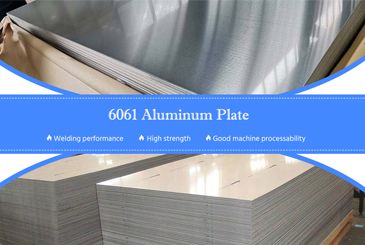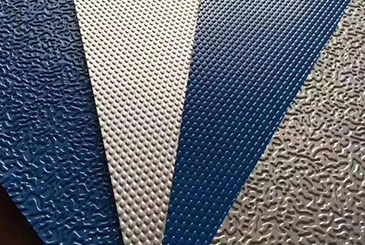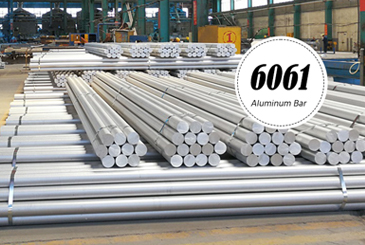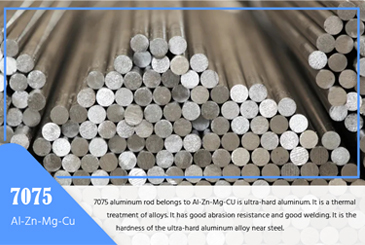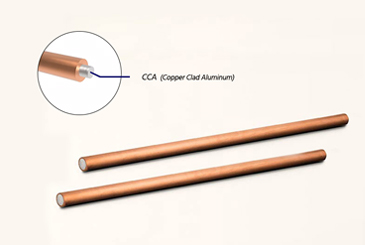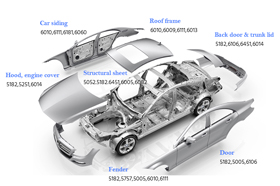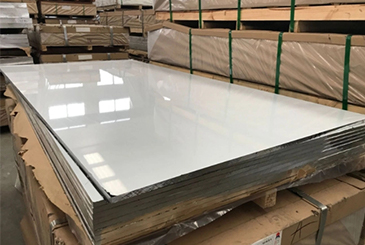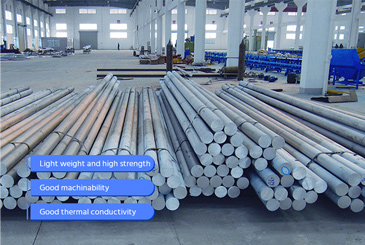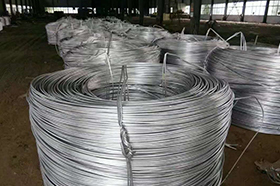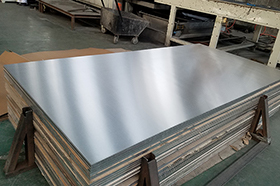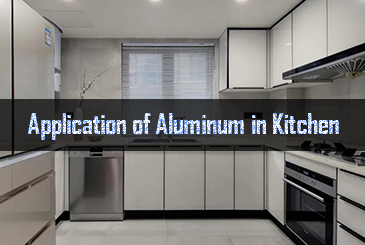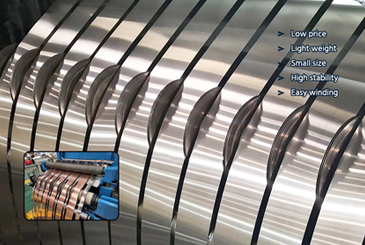Chalco is a renowned enterprise dedicated to the production and sale of high-quality aluminum sheets, strips, foils, and related aluminum alloy products.
As an exporter, we possess extensive knowledge of various aluminum packaging methods, ensuring your goods remain intact throughout the transportation process.
We are adept at employing packaging techniques tailored to different product characteristics and shipping distances.
At Chalco, customer satisfaction is paramount, and we are committed to accommodating specific packaging requirements and preferences.
Sheet packaging
Bottom locking, standard box, plywood, and corner protection styles
When using bottom locking, standard box, plywood, or corner protection packaging methods for aluminum sheets, start by laying a layer of plastic film at the bottom of the packaging box. Next, place a layer of neutral (or weakly acidic) moisture-resistant paper or other moisture-resistant materials.
Then, follow one of the following methods to load the sheets into the packaging box:
a) Apply oil and place paper between the sheets before packing.
b) Apply oil and pack the sheets without using paper between them.
c) Pack the sheets without applying oil but with paper or foam plastic sheets between them.
d) Pack the sheets without applying oil or using paper between them.
e) Pack the sheets after applying surface film.
After the sheets are packed, wrap the pre-laid packaging materials tightly upwards, seal the joints with adhesive tape, cover the top with a layer of plastic film, and secure it with adhesive tape. Then, add a cover (with protective corners) and fasten it with steel straps.
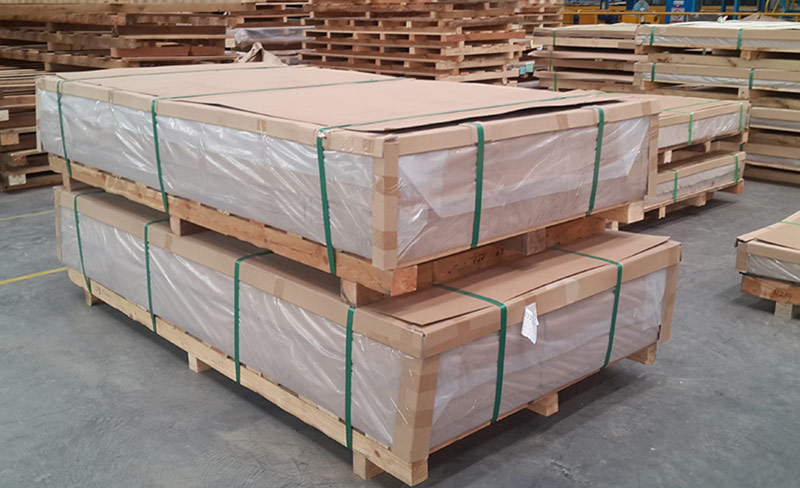
Simple or bare item packaging
For simple packaging, wrap the sheets with a layer of neutral (or weakly acidic) moisture-resistant paper or other moisture-resistant material, and a layer of plastic film. After sealing, place them on the bottom cushion and secure them with steel straps.
For bare item packaging, place the sheets directly on the bottom cushion and secure them with steel straps.
Packaging methods for aluminum strips
Vertical standard box or vertical bottom locking
When using the vertical standard box or vertical bottom locking packaging method for aluminum strips, wrap the strips with a layer of neutral (or weakly acidic) moisture-resistant paper or other moisture-resistant material, and a layer of plastic film. Place a desiccant inside the roll core and seal the plastic film with adhesive tape.
Load the strips vertically into the packaging box, or they can also be stacked in multiple rolls and then placed into the box. Finally, cover the box and seal it securely.
Horizontal bottom locking
When using the horizontal bottom locking packaging method for aluminum strips, wrap the strips with a layer of neutral (or weakly acidic) moisture-resistant paper or other moisture-resistant material, and a layer of plastic film.
Place a desiccant inside the roll core and seal the plastic film with adhesive tape. Load the strips horizontally into the packaging box, or they can also be stacked in multiple rolls and then placed into the box. Finally, cover the box and seal it securely.
Crisscross wooden pallet packaging
When packaging in a horizontal crisscross wooden pallet style, the strip is first wrapped with a layer of neutral (or slightly acidic) moisture-resistant paper or other moisture-resistant material, followed by a layer of plastic film. Inside the core of the roll, a desiccant is placed.
The plastic film is sealed with adhesive tape, and the outermost layer is covered with hardboard (or fiberboard).
Subsequently, the strip is secured onto the horizontal crisscross wooden pallet using steel strapping (or plastic steel strapping), or multiple rolls are connected and fixed onto the horizontal crisscross wooden pallet.
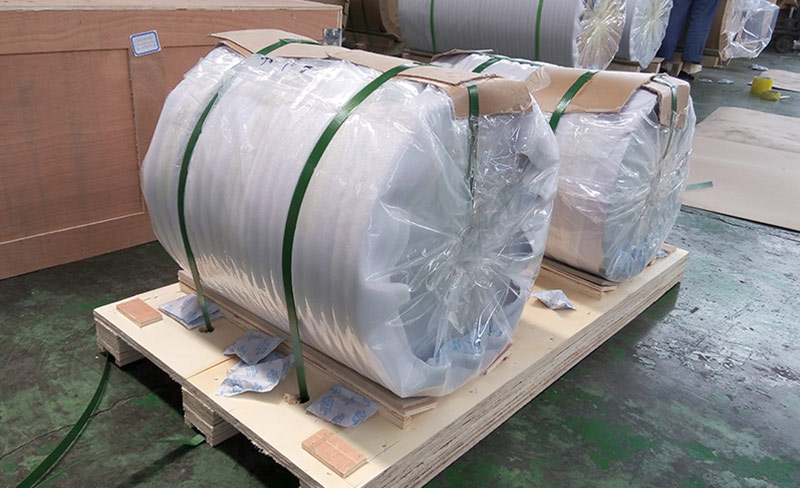
Vertical palletization
When using the vertical palletization method for aluminum strips, wrap the strips with a layer of neutral (or weakly acidic) moisture-resistant paper and a layer of plastic film.
Place a desiccant inside the roll core and seal the plastic film with adhesive tape. Then, cover the outside with hardboard (or fiberboard) and secure the aluminum strips vertically on the pallet using steel straps (or plastic-coated steel straps).
Alternatively, multiple rolls can be connected and fixed vertically on the pallet.
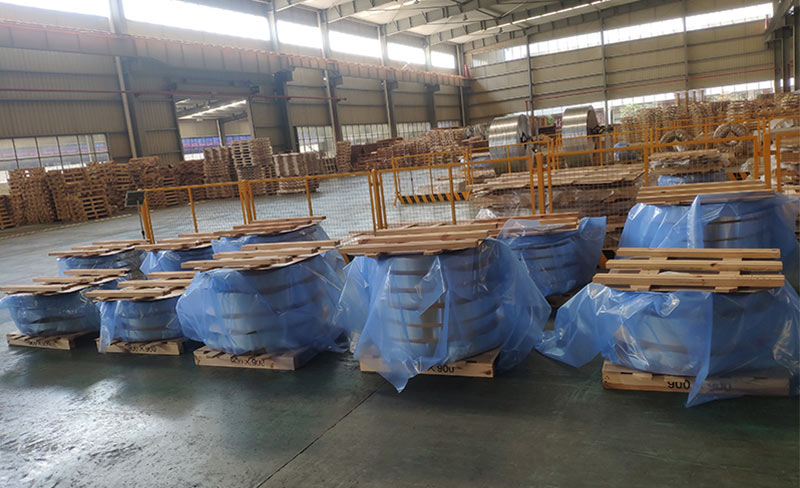
Simple type
After wrapping the strip with a layer of neutral (or slightly acidic) moisture-resistant paper and a layer of plastic film, it is secured with steel straps onto a crisscross wooden pallet or a vertical pallet.
Naked type
For the naked type packaging, fix the belt onto the pallet or fixture without using any additional protective materials.
Aluminum foil packaging methods
Horizontal insert-plate suspended type
For this packaging method, wrap the aluminum foil roll with a layer of neutral (or weakly acidic) moisture-resistant paper or other moisture-resistant material. Then, cover it with a plastic bag and place a soft cushion on the ends of the roll.
Insert a steel tube core (or wooden axis) into the roll and seal the plastic bag by gathering its ends and securing them inside the roll. Place the aluminum foil roll horizontally, suspended, into the packaging box, and then seal the box.
Horizontal core support and fastening packaging for aluminum foil rolls
During the horizontal core support and fastening packaging for aluminum foil rolls, a layer of neutral (or weakly acidic) moisture-resistant paper or other moisture-resistant material is wrapped around the foil roll.
It is then enclosed in a plastic bag, and a soft cushion is placed at the end face of the roll. Dry desiccant is added inside the plastic bag, and the bag's ends are sealed and secured.
The aluminum foil roll is then placed horizontally and suspended inside the packaging box, and the box is sealed with a cover.
Horizontal plastic cap suspension packaging for aluminum foil rolls
During the horizontal plastic cap suspension packaging for aluminum foil rolls, a layer of neutral (or weakly acidic) moisture-resistant paper or other moisture-resistant material is wrapped around the foil roll.
It is then enclosed in a plastic bag, and dry desiccant is placed inside the core of the roll. A soft cushion is placed at the end face of the roll.
The plastic bag's ends are gathered and inserted into the core, and then the plastic cap is inserted. The aluminum foil roll is then horizontally suspended inside the packaging box and covered with a lid.
Vertical double-layer packaging
During vertical double-layer packaging, first, a layer of soft cushion is laid on top of the lower tray. The aluminum foil rolls are placed in a vertical position, aligning them with the positioning holes on the bottom tray one by one.
After the lower layer is filled, a layer of soft cushion is placed on top of the aluminum foil rolls, and then a positioning plate is added. This process is repeated for the upper layer.
Once both layers are filled, a positioning paper tube is inserted from the top to the bottom of the core to align the upper and lower aluminum foil rolls. Adequate dry desiccant is placed in the gaps of the aluminum foil rolls.
The rolls are then enclosed in plastic bags, and side panels are added for further protection before sealing the packaging box.
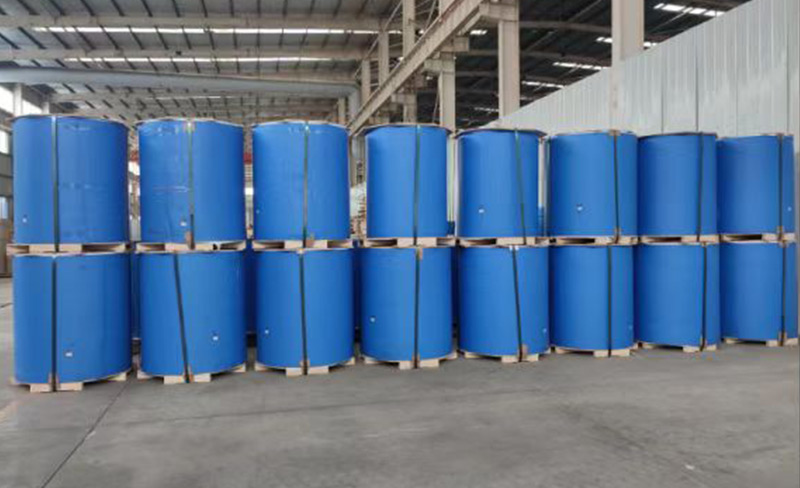
Vertical normal box style or vertical down-locking style
When packaging in the vertical normal box style or vertical down-locking style, the aluminum foil roll is first wrapped with a layer of neutral (or weakly acidic) moisture-resistant paper or other moisture-resistant material, and then covered with a layer of plastic film.
Dry desiccant is placed inside the core of the roll. The plastic film is sealed using adhesive tape. The aluminum foil roll is then placed vertically into the packaging box or multiple rolls are overlapped and arranged vertically inside the packaging box.
Finally, the box is sealed with a cover.
Horizontal down-locking style
When packaging in the horizontal down-locking style, the aluminum foil roll is first wrapped with a layer of neutral (or weakly acidic) moisture-resistant paper or other moisture-resistant material, and then covered with a layer of plastic film.
Dry desiccant is placed inside the core of the roll. The plastic film is sealed using adhesive tape.
The aluminum foil roll is then placed horizontally into the packaging box or multiple rolls are overlapped and placed inside the packaging box. Finally, the box is sealed with a cover.
Horizontal crisscross frame packaging
When packaging in the horizontal crisscross frame style, the aluminum foil roll is first wrapped with a layer of neutral (or weakly acidic) moisture-resistant paper and a layer of plastic film.
Dry desiccant is placed inside the core of the roll. The plastic film is sealed using adhesive tape. The outermost layer is covered with hardboard (or fiberboard), and then the aluminum foil roll is secured to the horizontal crisscross frame using steel straps (or plastic-coated steel straps), or multiple rolls are connected and fixed on the horizontal crisscross frame.
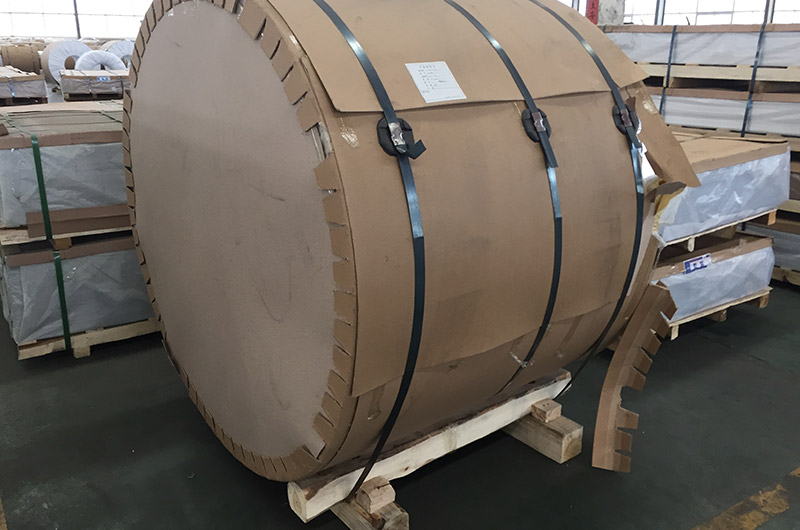
Packaging methods for tubes, rods, and industrial profiles
Normal box-type
In this packaging method, start by lining the packaging box with a layer of plastic film, followed by a layer of neutral (or weakly acidic) moisture-proof paper or other moisture-proof materials.
Then, either coat the product with oil or directly place it into the packaging box without oil. Finally, neatly wrap the pre-laid packaging materials upwards, seal the joints with adhesive tape, and close the box.
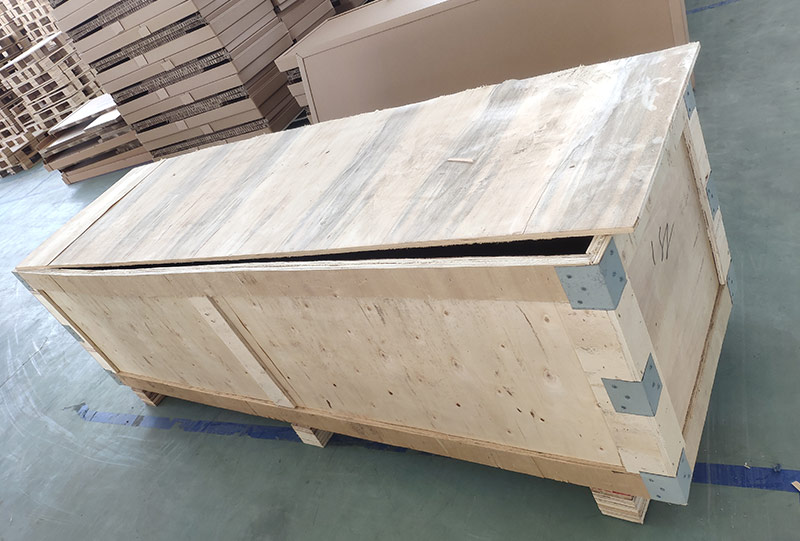
Simple type
In the simple type packaging, place the product inside a square positioning frame, either lined with plastic film or without it. Surround the area around the steel strapping with wooden planks, and then tightly secure it with steel strapping.
Bare bundle type
For the bare bundle type packaging, wrap the product with jute bags (or other protective materials) and tighten it with steel strapping. Alternatively, wrap only the steel strapping area with jute bags (or other protective materials), leaving the rest of the product exposed.
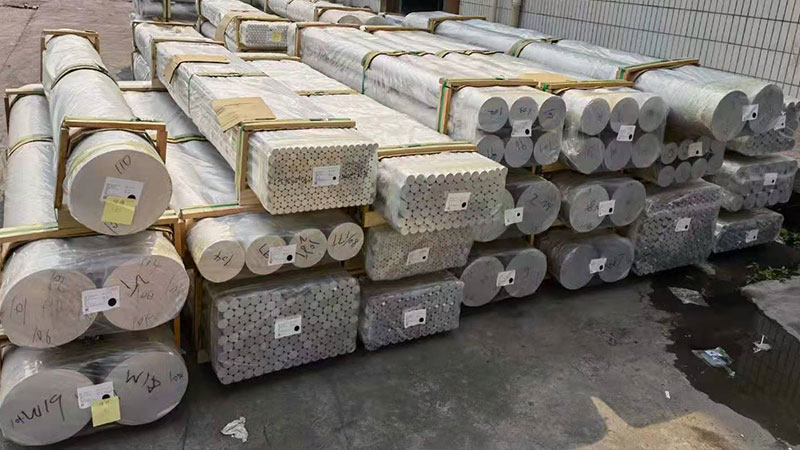
Bare row type
In the bare row type packaging, arrange the products in a row and secure them tightly with steel strapping to facilitate stacking and forklift handling.
Packaging methods for building profiles
Roll paper wrapping
In the roll paper wrapping packaging method, the profiles are not oiled. Decorative film, cushioning paper, or other materials may be applied (or without film or cushioning paper).
The profiles are then stacked closely together into bundles and wrapped with packaging material at regular intervals in the same rotational direction (either clockwise or counterclockwise). To facilitate stacking, the cross-section of each bundle of profiles should be as close to a rectangle as possible.
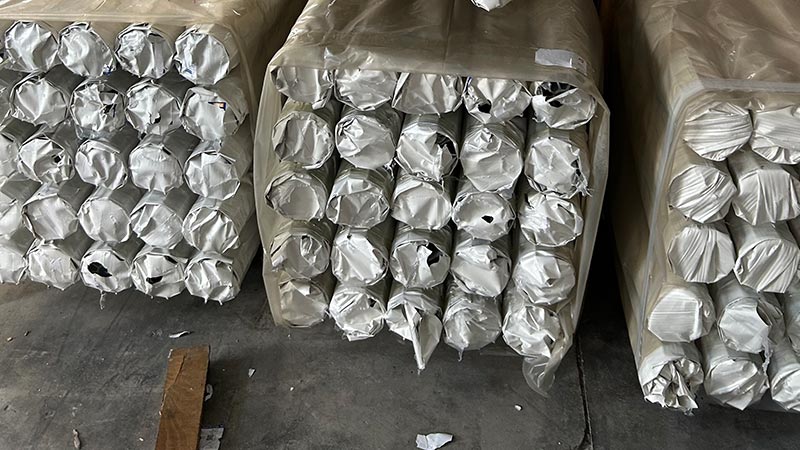
Direct paper bundling
In the direct paper bundling packaging method, the profiles are not oiled. Decorative film, cushioning paper, or other materials may be applied (or without film or cushioning paper).
The profiles are then stacked closely together into bundles, and packaging material is laid flat. The profiles are placed on the packaging material, aligning the ends of the profiles with the packaging material.
Then, the packaging material is wrapped around the profiles, and packaging straps are used to tightly secure the packaging material to the profiles. The spacing of the packaging straps is controlled at about 600mm.
To facilitate stacking, the cross-section of each bundle of profiles should be as close to a rectangle as possible.
Carton style
In the carton style packaging, the profiles are not oiled. Decorative film, cushioning paper, or other materials may be applied (or without film or cushioning paper).
The profiles are packed into the carton in a close arrangement, and the carton is sealed with adhesive tape. Then, packaging straps are used to secure the carton tightly.
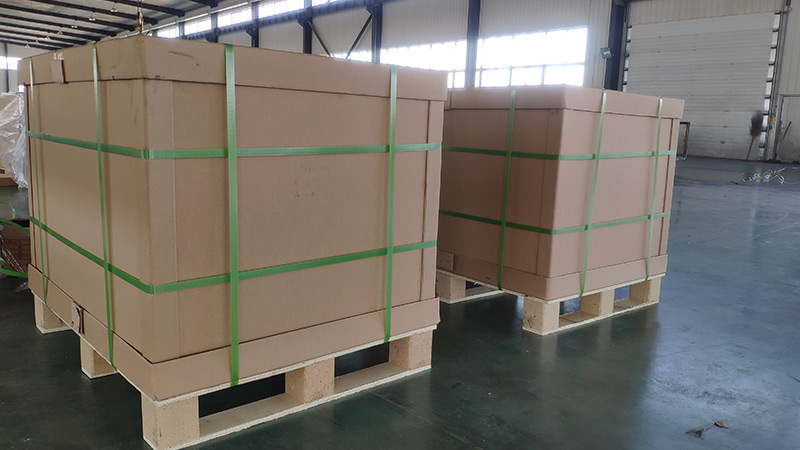
Regular box style
In the regular box style packaging, a layer of plastic film and a layer of neutral (or weakly acidic) moisture-resistant paper or other moisture-resistant material are laid inside the packaging box. The profiles are not oiled.
After applying decorative film or cushioning paper (or without film or cushioning paper) or following the roll paper wrapping method, the profiles are placed inside the box.
The already laid packaging materials are wrapped upwards and sealed with adhesive tape, and the box is closed and sealed.
Wooden frame style
In the wooden frame style packaging, there are several methods:
a) After roll paper wrapping, the profiles are placed into the wooden frame.
b) After direct paper bundling, the profiles are placed into the wooden frame.
c) After being packed into cartons, the profiles are then placed into the wooden frame.
Next, the wooden frame and the profiles are tightly secured and bundled with steel straps.
Containerized style
In the containerized style packaging, the profiles are first wrapped with roll paper and bundled with direct paper (or other packaging materials) before being loaded into the container.
The container's bottom should be padded with wooden blocks, with a height not less than 100 mm, to facilitate forklift operations.
Wire packaging methods for aluminum wire
Conventional box packaging
For conventional box packaging, first, a layer of plastic film is laid inside the packaging, followed by a layer of neutral (or weakly acidic) moisture-resistant paper or other moisture-resistant materials.
Then, the product is either coated with oil or directly placed inside the packaging box. The packaging materials are then neatly folded and sealed with adhesive tape at the joints before closing and sealing the box.
Simple packaging
For simple packaging, the product is either coated with oil or left untreated, and then wrapped with paper or burlap.
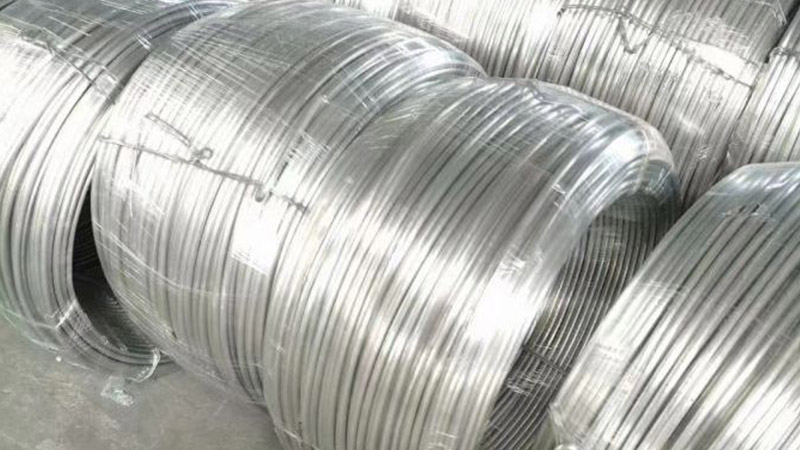
Naked packaging
No additional protective materials are added for naked packaging.
Forging component packaging
Conventional box packaging
For conventional box packaging of forging components, first, a layer of plastic film is laid inside the box, followed by a layer of neutral (or weakly acidic) moisture-resistant paper or other moisture-resistant materials. After placing the forging components inside the box, the packaging materials are neatly folded and sealed with adhesive tape at the joints before closing and sealing the box.
Simple crisscross frame packaging
For simple Crisscross frame packaging, place the forged ring on the Crisscross frame, then cover it with another Crisscross frame, and secure it using screws.
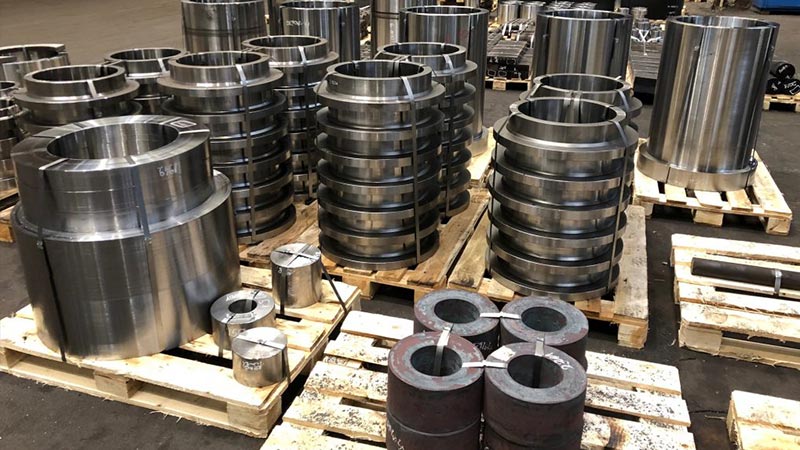
Naked packaging
No additional protective materials are added.
Powder material packaging methods
Bag packaging
For bag packaging, fill aluminum powder into plastic woven bags or other types of bags.
Drum packaging
For drum packaging, first place the aluminum powder into plastic bags, then pack them into aluminum or iron drums.
Regular box packaging
Place aluminum or iron drums containing aluminum powder into fully enclosed packaging boxes.
Wooden frame packaging
Place aluminum or iron drums containing aluminum powder into wooden frames.


